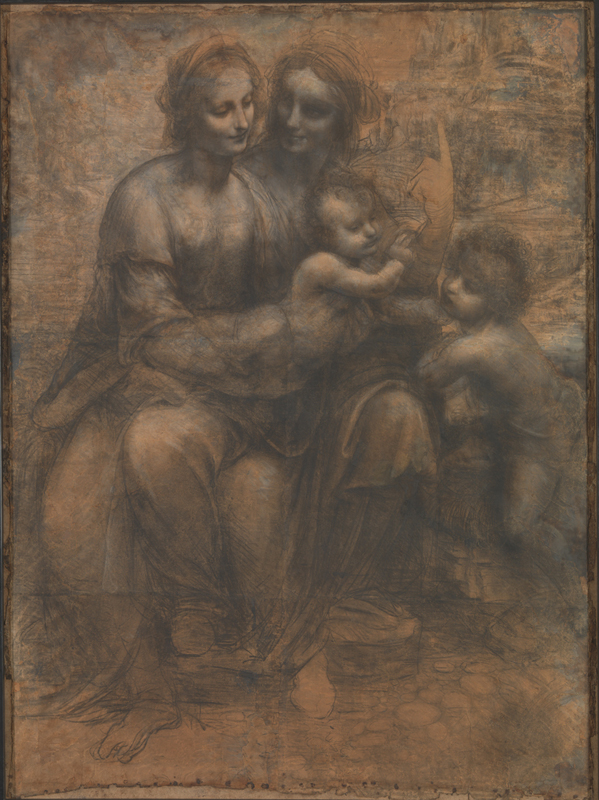George Carlin and Richard Pryor never got to star in a film together, so this appearance of the two on this 1981 Tonight Show clip is a great, rare chance to see two giants together. Actually, make that three, because host Johnny Carson shows why he set the standard in that very American genre, the late night talk show. It’s also an opportunity to see how much has changed in the world of late night.
Late night talk shows are almost exclusively a political affair these days. For many Americans, this is the place to get their satirical take on the news in the opening monologue, possibly their only take. Some nights you can watch the three main networks and several premium cable/streaming channels and find the same news item, riffed on a dozen different ways.
The Tonight Show with Johnny Carson wasn’t a “simpler time,” but it was very different. More casual, definitely, and more personable. I think that’s what comes across in this clip. Carson knows both Carlin and Pryor and their particular talents.
Carlin’s routine is purely observational. Currently he is a meme on many a boomer’s feed, but always late-stage Carlin, the angry, nihilistic political comedian. (That’s not a bad thing, and interesting that he’s being claimed these days by both the Left and the Right). Here he’s still Class Clown Carlin, with an elastic face, delivering a version of his “stuff vs. crap” routine, capped off with an out-of-nowhere abortion joke. It’s political in the vaguest sense.
His sit down with Carson is more of a chance to riff on charity organization names, and Carson lets him at it.
Pryor is on to promote Bustin’ Loose, his oddly sentimental 1981 comedy. But all that’s on Carson’s and the audience’s mind is the aftermath of the freebasing incident, where he doused himself with rum and set himself on fire while high on cocaine. He nearly died.
The delicate interchange between Carson—who legitimately wants to know how Pryor is doing—and Pryor, who both mocks himself, admits too much, and retreats behind a wall of humor, makes this essential viewing. Pryor reminisces about his father and his time coming up through standup with Carlin at Greenwich Village’s Cafe au Go-Go. He even admits, because why not, to lifting his early jokes as a comic from Bill Cosby and Dick Gregory. The latter “used to have stuff in Jet Magazine, you know, and that’s how I started, reading his material. I’d do it on stage. And that was my first breakthrough. I got a lot of laughs with his material.”
Pryor rides that line between telling on yourself and telling a fib.
And that last fascinating shot: credits rolling over Carson, the guests, and Ed McMahon, standing around, having a chat, as if they’re waiting for the coat check attendant in the lobby.
Ramsey Ess, who wrote about the whole episode—including Carson’s decidedly non-political monologue— on Vulture in 2012, noted about the Pryor interview:
When Johnny asks Richard about his dreams, you forget about the audience, you forget about George Carlin sitting over there and you suddenly are brought into a place where this is an important question and you need to hear that answer, even though you never would have thought to wonder about such a thing on your own. This intimacy, for me, is what made Carson different.
If you would like to sign up for Open Culture’s free email newsletter, please find it here. Or follow our posts on Threads, Facebook, BlueSky or Mastodon.
If you would like to support the mission of Open Culture, consider making a donation to our site. It’s hard to rely 100% on ads, and your contributions will help us continue providing the best free cultural and educational materials to learners everywhere. You can contribute through PayPal, Patreon, and Venmo (@openculture). Thanks!
Related Content:
George Carlin’s “Modern Man” Rap
George Carlin Performs His “Seven Dirty Words” Routine: Historic and Completely NSFW
Ted Mills is a freelance writer on the arts who currently hosts the Notes from the Shed podcast and is the producer of KCRW’s Curious Coast. You can also follow him on Twitter at @tedmills, and/or watch his films here.






